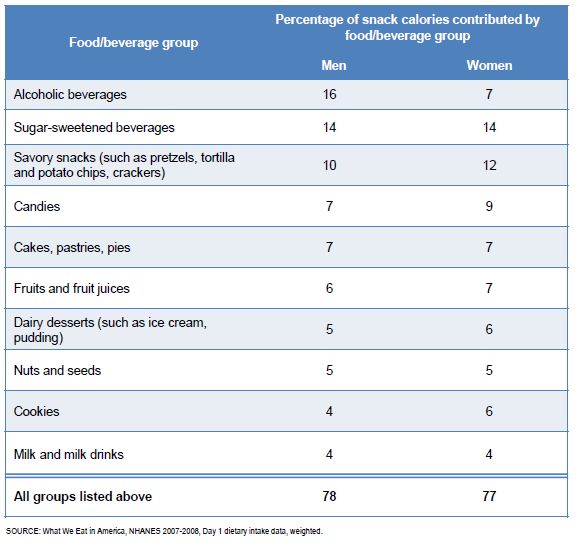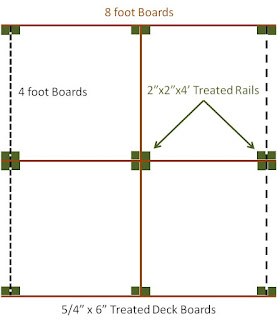Want compost without the fuss of turning? Then slow composting is for you. Slow composting is nature's way of breaking down organics over time.The below extract is from Washington State University:
Slow Composting
Employing slow composting is an easy and convenient way to turn yard wastes into a useful soil amendment. It is often the best method for people who do not have the time to tend a hot compost pile. Simply mix non-woody yard wastes into a pile and let them sit for a year or so. Microorganisms, insects, earthworms, and other decomposers will slowly break down the wastes. A mixture of energy materials and bulking agents provides the best food source and environment for decomposition.
Add fresh wastes to the pile by opening the pile, placing fresh wastes into the center, and covering them. This helps aerate the pile, and also buries the fresh wastes so they do not attract pests. Fruit and vegetable wastes are particularly appealing to pests,. such as flies, rats and raccoons. To avoid pests, bury these wastes within the pile. If you bury the vegetable wastes in the pile, and pests are still a problem, you may need to screen the pile or keep vegetable wastes out.
You also can bury vegetable wastes directly in your garden. Dig a hole or a trench about a foot deep, add a few inches of vegetable wastes, mix them with the soil, and refill the trench with soil. Another way to avoid pests is to compost vegetable wastes in a worm bin.
Slow composting does not produce the heat needed to kill many weed seeds. It is best to pull and compost weeds before they go to seed. If you put seeds in the compost pile, be prepared for more weeding.
As you can see there are some distinct advantages to slow composting, namely less work, but there are also some serious disadvantages (pests, weed seeds, and unmentioned but existing - the possibility of smells).
A slow compost pile tends to have a higher ratio of fungi to bacteria and more of the larger organisms such as pill bugs and worms. These creatures mix up the compost pile by themselves (less turning required) and it some believe there is a wider range of nutrients being created because of this increased diversity. Compost with a high fungal content plays a very different role in the garden than high bacteria compost. Compost with a high bacteria content (from fast or hot composting) is good at releasing nutrients into the soil in a form that plants can best use. This is particularly good for annual flowers and vegetables that don’t have the time to establish complex root systems.
However, perennials, shrubs and trees have the luxury of a little more time, and compost with a higher fungal content inoculates the soil with beneficial fungi that can work symbiotically with these plants’ root systems. Either by encasing the root or, with some species, actually growing into the root tissue, the fungal hyphae dramatically extend the reach of the plant’s root system. In exchange for sugars from the plant, the fungi increase the plant’s ability to find moisture in times of drought, draw from a much deeper and wider range of soils to access micro nutrients and also metabolize some compounds to make them more accessible to the plants. The microscopic fungal threads can even form a giant mesh throughout the garden soil that moves nutrients and moisture from plants with excess to those in need.
A lot of these fungi are the ones that break down woody and leafy matter. Letting larger chunks of high carbon material (wood chips, saw dust, and piles of brown leaves) spend many months breaking down in the compost. It encourages the ratio of beneficial fungi in the final product. Have you ever heard of "leaf mold"? Leaf mold is a form of compost produced by the fungal breakdown of shrub and tree leaves, which are generally too dry, acidic, or low in nitrogen for bacterial decomposition.
You may be wondering why you shouldn't just make compost. Why bother making a separate pile just for leaves? The answer is that while compost is wonderful for improving soil texture and fertility, leaf mold is far superior as a soil amendment. It doesn't provide much in the way of nutrition, so you will still need to add compost or other organic fertilizers to increase fertility. Leaf mold is essentially a soil conditioner. It increases the water retention of soils. According to some university studies, the addition of leaf mold increased water retention in soils by over 50%. Leaf mold also improves soil structure and provides a fantastic habitat for soil life, including earthworms and beneficial bacteria.
How to Make Leaf Mold
There are two popular ways to make leaf mold, and both are ridiculously simple. The one thing you'll need to keep in mind is that leaf mold doesn't happen overnight. Leaves are basically all carbon, which takes a lot longer to break down than nitrogen-rich materials such as grass clippings. The decomposition process for leaves takes at least six to twelve months. The good news is that it's basically six to twelve months with very little work on the gardener's part.
The first method of making leaf mold consists of either piling your leaves in a corner of the yard or into a wood or wire bin. The pile or bin should be at least three feet wide and tall. Pile up your leaves, and thoroughly dampen the entire pile. Let it sit, checking the moisture level occasionally during dry periods and adding water if necessary.
The second method of making leaf mold requires a large plastic garbage bag. Fill the bag with leaves and moisten them. Seal the bag and then cut some holes or slits in the bag for air flow. Let it sit. Check the bag every month or two for moisture, and add water if the leaves are dry. After six months to a year, you will have finished leaf mold. Impatient? There are a couple of things you can do to speed up the process:
- Before adding leaves to your pile or bag, run over them a couple of times with your lawn mower. Smaller pieces will decompose more quickly.
- Use a shovel or garden fork to turn your leaf pile every few weeks. If you are using the plastic bag method, just turn it over or give it a firm shake. This will introduce air into the process, which speeds decomposition.
- If you are using the pile or bin method, cover your pile with a plastic tarp. This will keep the leaves more consistently moist and warm
How to Use Leaf Mold
Leaf mold has several uses in the garden. You can dig or till it into garden beds to improve soil structure and water retention. You can use it as mulch in perennial beds or vegetable gardens. It's also fabulous in containers, due to its water retaining abilities. Leaf mold is simple, free, and effective. If you're lucky enough to have a tree or two (or ten) on your property, you've got everything you need to make great garden soil.
A slow compost pile will take at least a year to produce compost and that will be formed on the bottom of the pile first. This then requires a way to dig out from the bottom of the pile and screening the compost before you can use it. Some of the commercial bins like this one have a small access door at the bottom. Fresh material goes on top and semi-finished compost comes out the bottom.
If you have a source of coffee grounds, you can make better slow compost. Why? Because worms love coffee! Coffee grounds have a 20:1 carbon/nitrogen ratio, which is almost ideal. They also have residual caffeine and I swear the worms get hooked on the caffeine. When I was a kid growing up in Allentown, my mom made a big pot of coffee every day and tossed the used grounds into a flower bed just outside the kitchen door. Whenever I wanted to go fishing I'd dig in that bed and always found lots and lots of fat worms. If there is a coffee shop near you or if your office makes coffee, ask to get the grounds and add them to your compost. The worms will dig their way up through the other material to get the coffee grounds.
Because I am not currently living at my house, I am forced to slow compost. When I go home each summer I fork out an entire 4'x4'x4' bin, screen it through a 1/4 inch screen, put the screened compost in my finished compost bin and the larger material goes back into the composting bin mixed in with fresh material. This will quickly heat up and be a hot pile while I am home to maintain it. Through this method, over the past three years I have produced four cubic yards of compost with very little effort. Screening a 64 cubic foot bin of material is no small effort but it is once a year and then done.
I had a separate bin for slow composting of wood chips and leaves a few years ago and once I move home for good I will re-establish a "mold" composting set-up. I think leaf mold and composted wood chips (which takes 2-3 years) are excellent additions for my blueberry and raspberry patches. My main garden, which isn't being used right now, has been buried under six inches of wood chips for three years. The bottom layer is rich, black, mold composted wood chips and once I till it under will be great soil. I will need to add lime though since this tends to be acidic.















